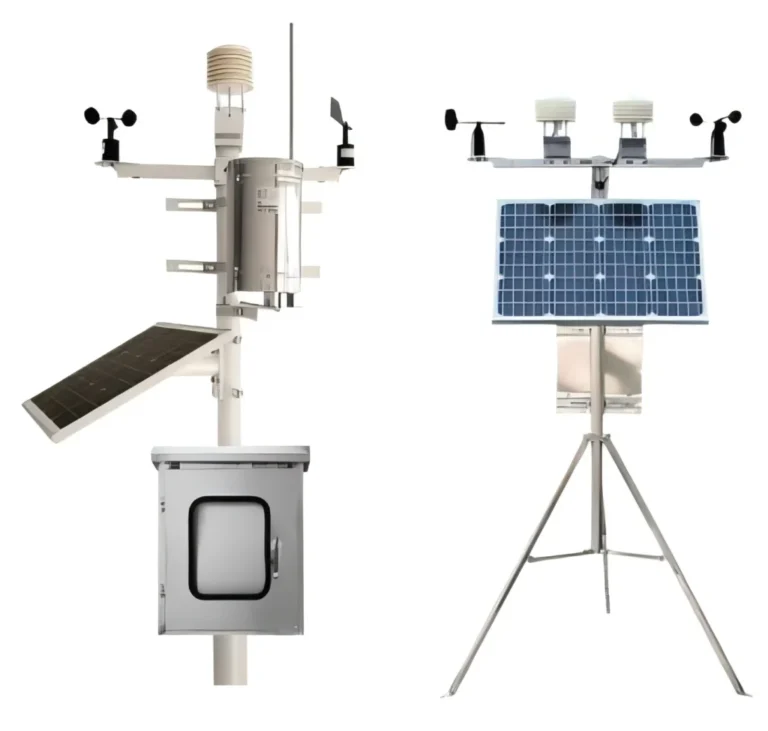The Ultimate Guide to Automatic Weather Stations: How They Work and Why They Matter
The Ultimate Guide to Automatic Weather Stations: How They Work and Why They Matter
Automatic weather stations (AWS) are revolutionizing how we monitor and predict weather patterns. These advanced systems provide real-time data collection without human intervention, making them essential for meteorology, agriculture, and environmental research.
How Automatic Weather Stations Function
An automatic weather station typically includes sensors for temperature, humidity, wind speed, and precipitation. Data is transmitted to a central database for analysis, enabling accurate forecasts.
Key Components and Data Accuracy
High-quality sensors ensure precise measurements, which are critical for applications like disaster preparedness and climate studies.
Benefits and Applications
From optimizing irrigation in farming to enhancing aviation safety, AWS offer versatile solutions. Their reliability supports long-term climate monitoring and emergency response planning.
Common Questions Answered
How often is data updated? Most stations provide updates every minute, ensuring timely information.
Are they expensive to maintain? Modern AWS are designed for durability with low upkeep costs.
Ready to integrate an automatic weather station into your operations? Explore our solutions for reliable, real-time weather data today!
